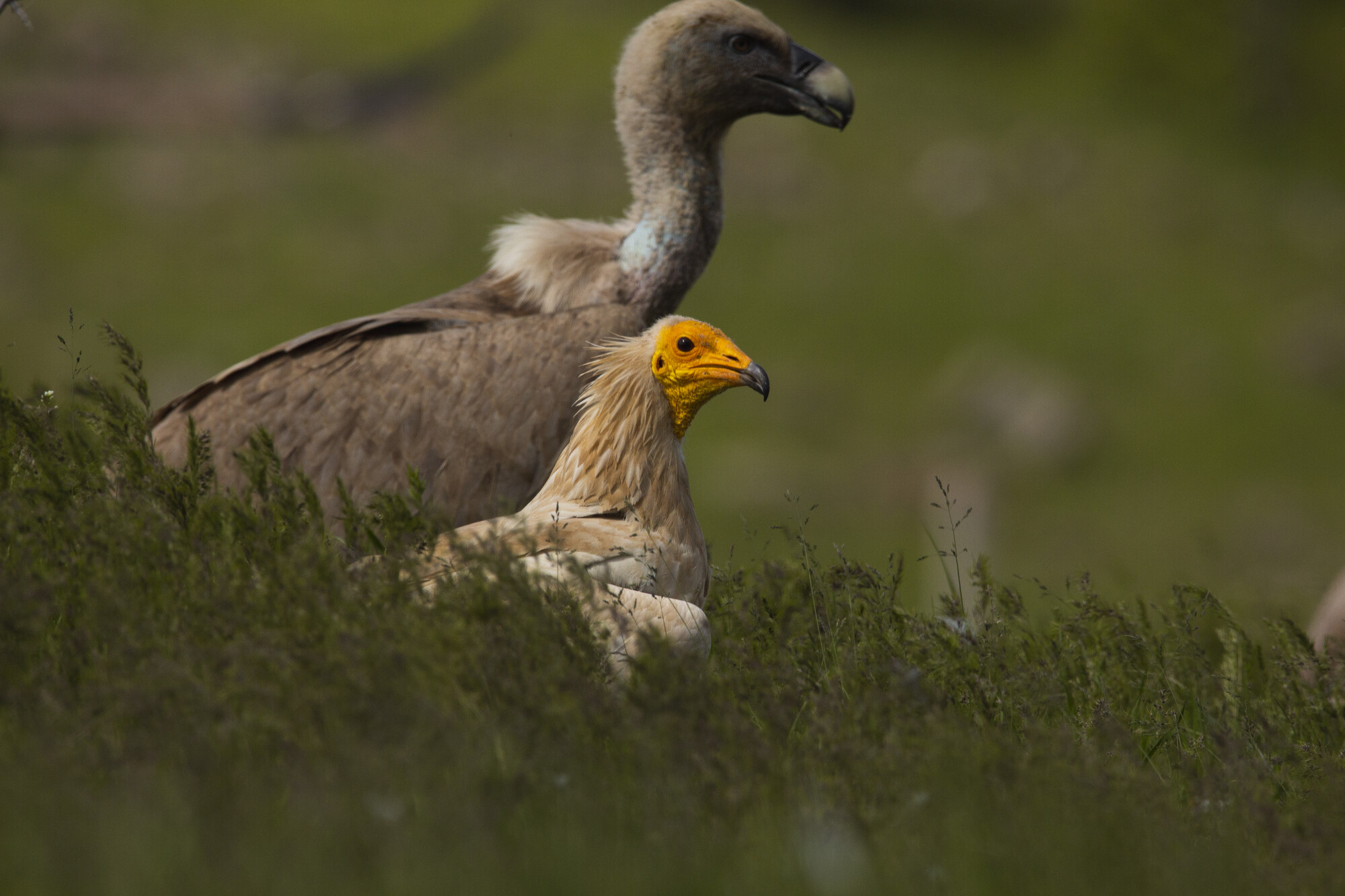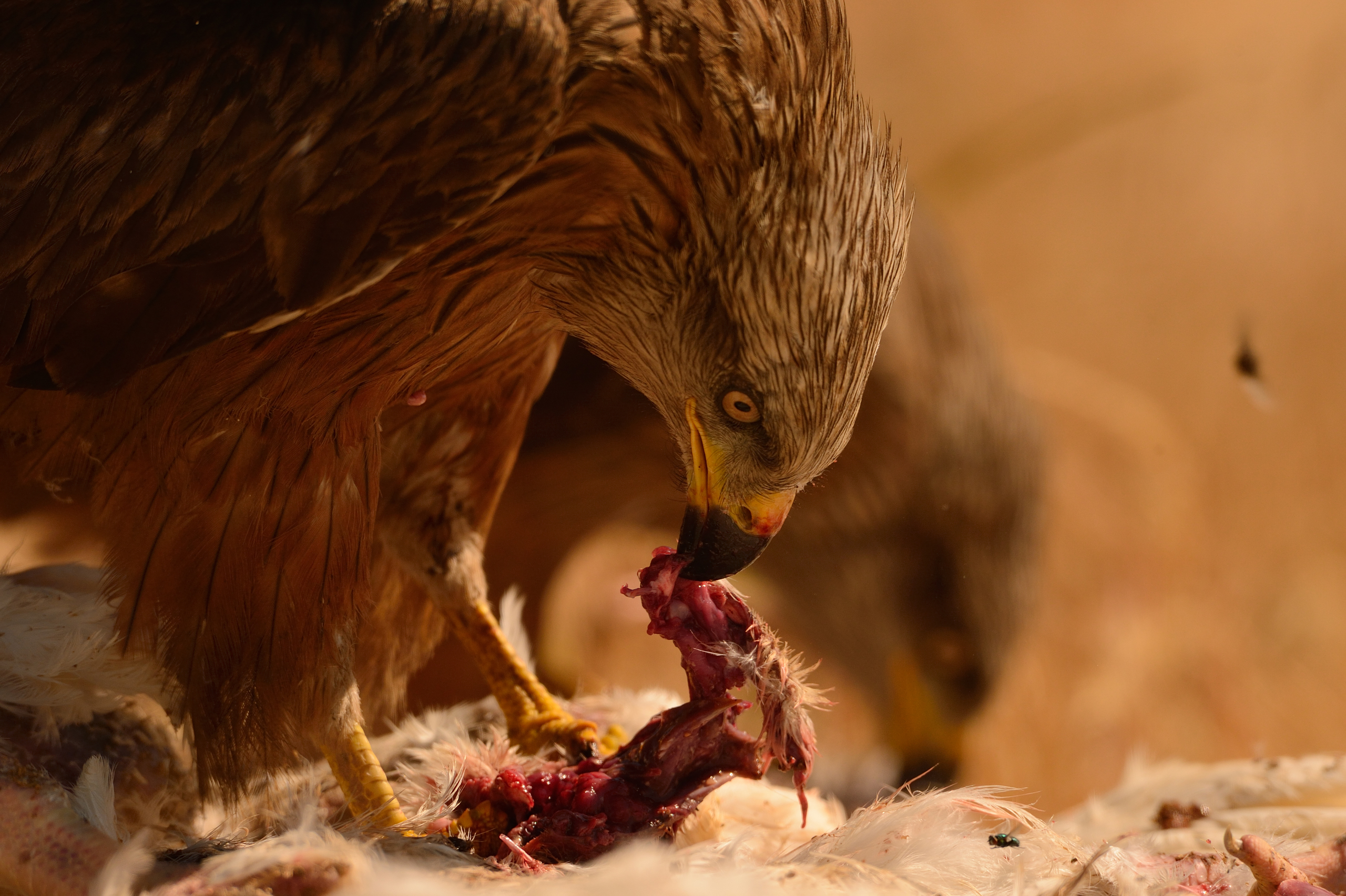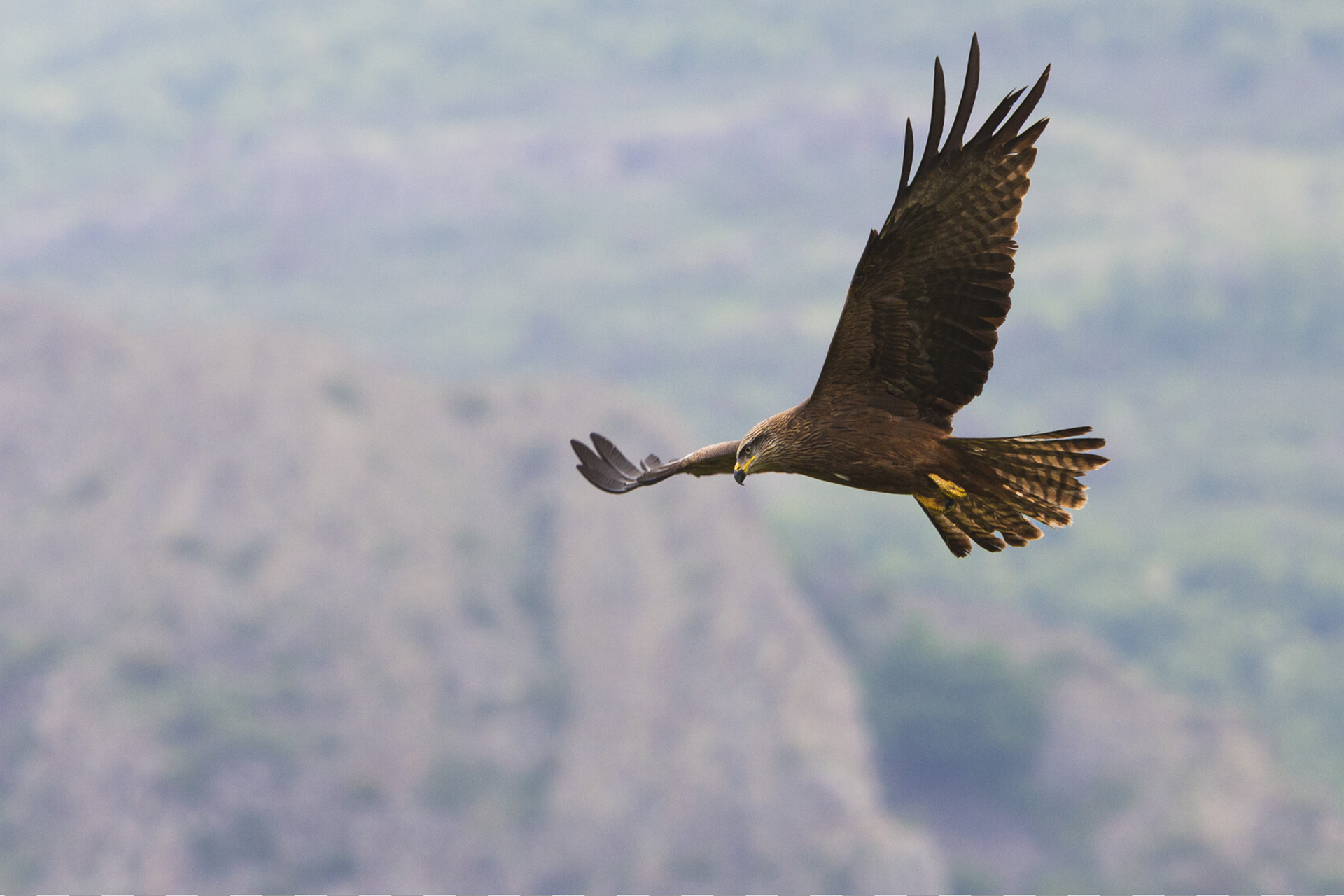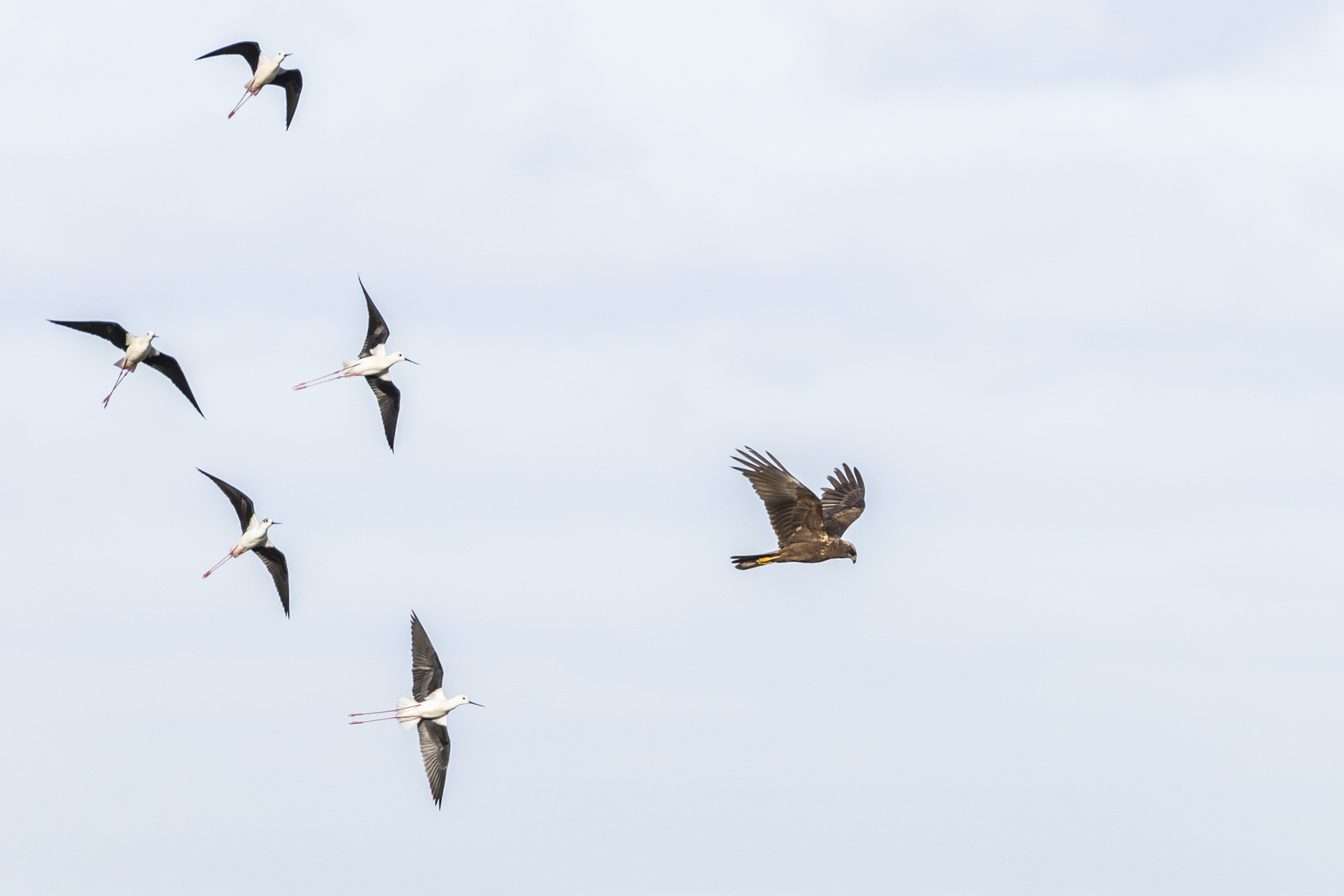The CERM Endangered Raptors Centre Association is playing a key role in the comeback of Egyptian vultures in southern Italy. With a pioneering track record in supporting the recovery of this important species, the centre brings valuable experience and ambition to a growing network of rewilding practitioners across Europe.
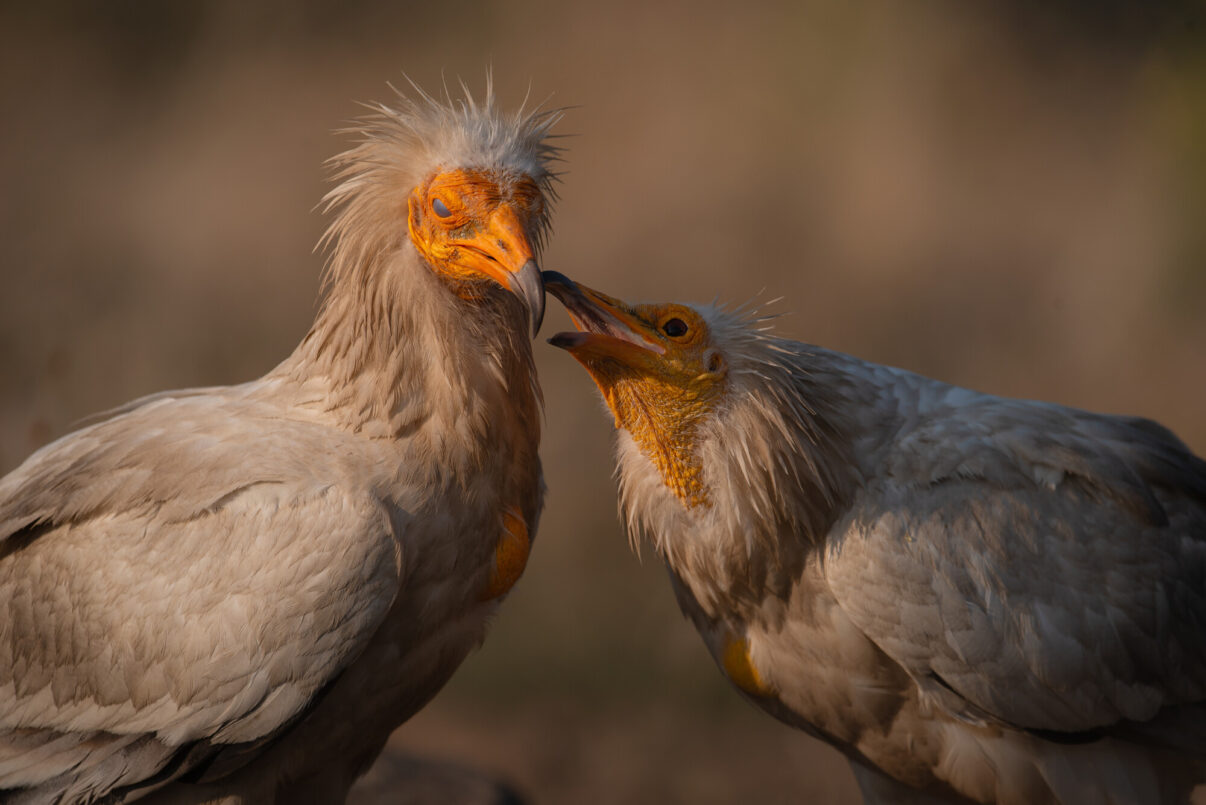
Supporting vulture comeback in Italy
Rewilding Europe is delighted to welcome the CERM Endangered Raptors Centre Association (Associazione CERM Centro Rapaci Minacciati) to its burgeoning European Rewilding Network. The centre, which is based in Tuscany in Italy, is playing a pivotal role in protecting and enhancing the population of Egyptian vultures in Italy. It also works to conserve populations of other scavenging birds of prey, such as kites and eagles. Becoming part of the European Rewilding Network will allow CERM to share insights and expertise as it collaborates with other rewilding initiatives working to rewild European skies.
With the range and abundance of Egyptian vultures in Italy declining dramatically in recent decades – driven by factors such as poaching, disturbance, poisoning, and electrocution by power lines – members of CERM started the Egyptian Vulture Project (Progetto Capovaccaio) in the early 1990s.
Today, the centre hosts the world’s largest number of captive Egyptian vultures, maintaining a genetically diverse breeding population from which individuals are selected for release into the wild. Moving forwards, it will continue to breed birds to strengthen captive stock, release vultures to boost wild populations, and monitor and tackle the threats they face to support the comeback of the species in Italy and beyond.
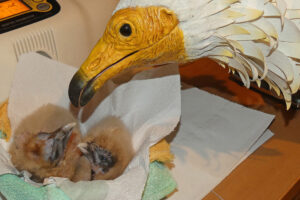
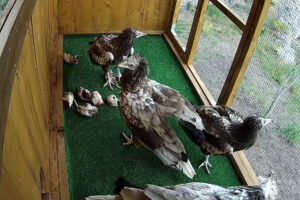
The decline of a vital species
The Egyptian vulture – which is one of Europe’s four vulture species – is a striking bird, with its dazzling white plumage, bright yellow face, and distinctive wedge-shaped tail. Beyond its unique appearance, it plays a critical role helping to maintain healthy ecosystems by disposing of carcasses and preventing the spread of disease.
While it primarily feeds on carrion, the Egyptian vulture is renowned for its ability to use stones to crack open eggs. It is also Europe’s only long-distance migratory vulture, frequently travelling thousands of kilometres between its European breeding sites and wintering grounds on the southern edge of the Sahara.
Sadly, Europe’s Egyptian vulture population has declined by 50% over the last 40 years, driven by factors such as illegal poisoning, habitat loss, a decline in the availability of food, and nesting site disturbance. In Italy, Egyptian vultures were once found all along the country’s Tyrrhenian coast, from Liguria to Calabria, and were a common sight following cattle herds. However, the distribution and abundance of the species has decreased dramatically in recent years; by 2008, there were only eight to nine pairs remaining, divided between the southern Italian regions of Sicily, Basilicata, and Calabria.
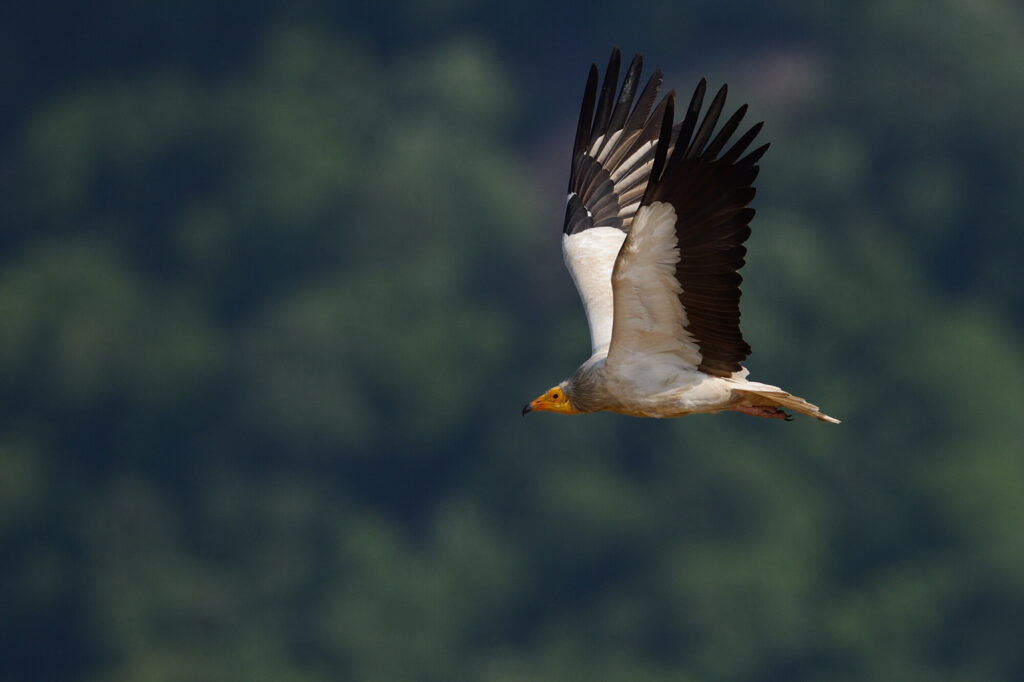
Turning the tide
Thanks to intensive conservation efforts, the Egyptian vulture is now making a tentative comeback in Europe. Recent successes include captive-bred vultures breeding in the wild in Bulgaria and Italy, and wild pairs reproducing in Sardinia and Greece.
Contributing to this comeback, the Endangered Raptor Centre’s Egyptian vulture breeding programme has achieved remarkable results. Between 1993 and 2023, the centre produced 75 chicks, with 73 reaching fledging age. To date, 51 captive-bred juveniles have been released into the wild in Italy, primarily in the Apulia, Basilicata, and Sicily regions, using two release methods – “hacking” and delayed release. The former, which involves replicating the way young birds would naturally fledge using artificial nests, has proved more successful. The centre’s efforts have been supported by Rewilding Europe’s European Wildlife Comeback Fund, which disbursed a grant of just over 50,000 euros in 2025 to support the release of Egyptian vultures in the Basilicata region.
A significant milestone was reached in 2022 when “Sara”, a captive-bred vulture released in Apulia in 2015, successfully bred in the wild in Basilicata – the first documented case of a captive-bred Egyptian vulture breeding in the wild in Europe. Sara continued her breeding success in 2023.

Strengthening vulture rewilding efforts across Europe
CERM follows in the footsteps of several other vulture rewilding initiatives that have already joined the European Rewilding Network, which now boasts over 100 members across 29 European countries. With many members involved in vulture conservation, the inclusion of CERM will strengthen the network’s collective expertise and help the centre in their own rewilding efforts.
“We hope to share and acquire information on effective Egyptian vulture conservation measures and ways of mitigating the threats facing this important and majestic species,” says Guido Ceccolini, President of CERM. “By building partnerships, we can also exchange knowledge that improves captive breeding success.”
The CERM team have significant experience in the GPS monitoring of released vultures, complemented by a network of volunteers ready to intervene if birds need rescuing. Volunteers also help to manage supplementary feeding stations (so-called “vulture restaurants”) for Egyptian vultures in various Italian locations, which also benefit other bird species such as red kites, black kites, marsh harriers, and lesser spotted eagles. In an ideal world, vultures across Europe would feed exclusively on the carcasses of wild animals, yet the unnaturally low density of current wildlife populations in many places means livestock carcasses provided through such feeding stations are often a critical source of food.
The bigger picture: rewilding European skies
From urban parks and domestic gardens to coastal wetlands and towering mountain ranges, Europe’s myriad bird species need wide-ranging support to enable them to survive and flourish. Recognising the critical role that birds play in wild nature – particularly keystone species that have a significant impact on ecosystems, such as vultures and other raptors – Rewilding Europe is working with a burgeoning coalition of partners to amplify the rewilding of European skies.
Grants from our European Wildlife Comeback Fund, which works to scale up keystone species reintroduction and population reinforcement across Europe, are supporting an ever-increasing number of rewilding initiatives with their bird-related efforts. Many members of the European Rewilding Network are also directly working to restore bird populations.
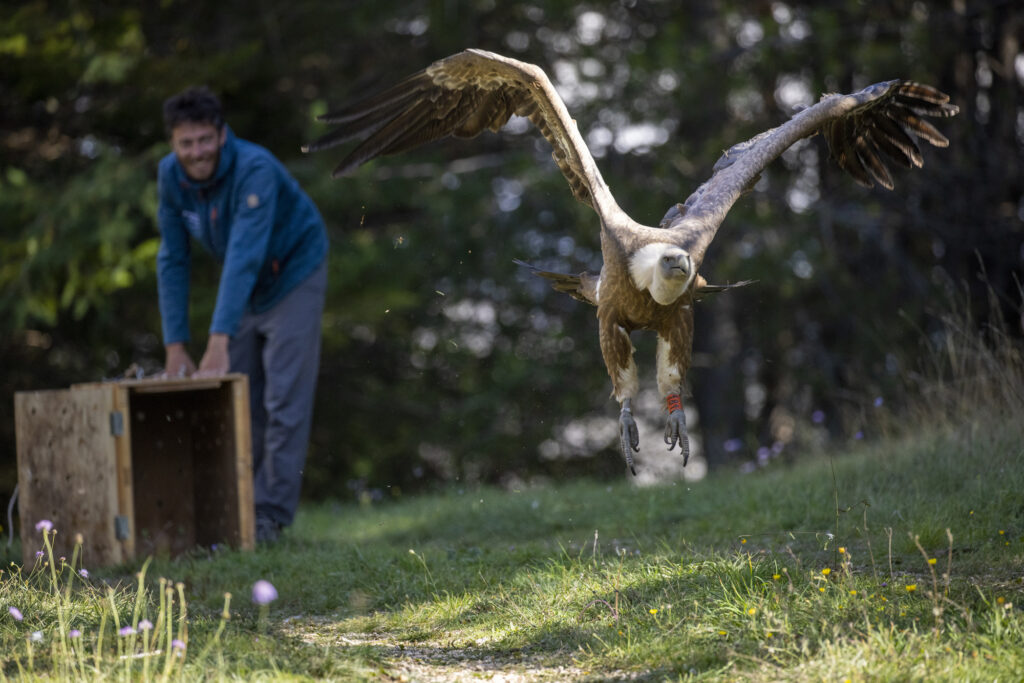
Let’s rewild together
Rewilding Europe extends a warm welcome to all European rewilding initiatives that focus on practical, results-oriented rewilding and encourages them to apply for European Rewilding Network membership.
